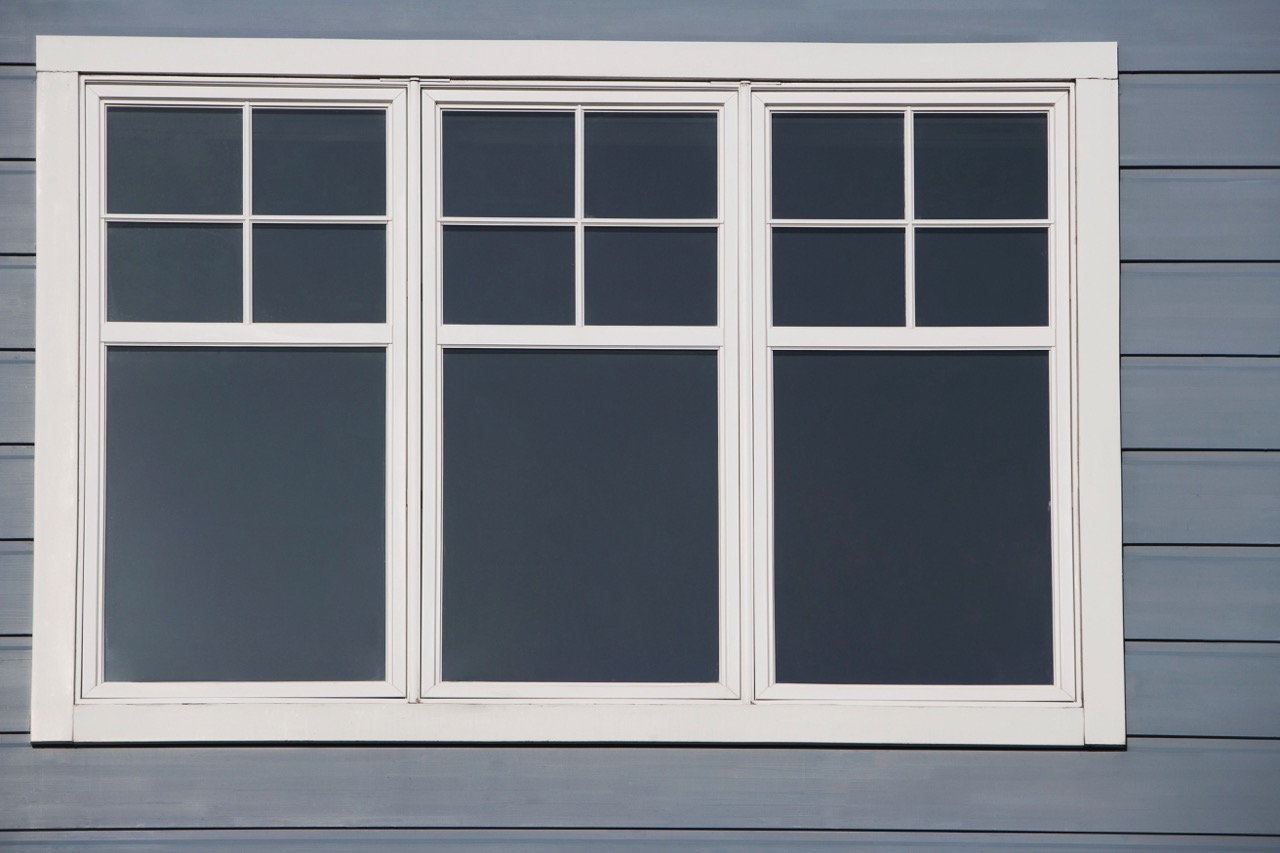

Articles
Window Buying Guide
Modified: February 3, 2024
Looking for a comprehensive guide on buying windows? Check out our collection of informative articles covering everything you need to know about choosing the perfect windows for your home.
(Many of the links in this article redirect to a specific reviewed product. Your purchase of these products through affiliate links helps to generate commission for Storables.com, at no extra cost. Learn more)
Introduction
Welcome to the comprehensive window buying guide! If you’re planning on replacing or installing new windows, this guide is here to help you make an informed decision. Windows play a crucial role in the overall aesthetics, energy efficiency, and functionality of your home. Choosing the right type, material, and design of windows can greatly enhance the comfort, style, and value of your property.
Before diving into the specifics, it’s important to consider various factors that will influence your window buying decision. Factors such as your budget, location, climate, and personal preferences will affect the type of windows you choose. Understanding these factors will guide you towards finding the perfect windows that meet your needs and complement your home’s architecture.
Next, we’ll explore the different types of windows available in the market. From traditional double-hung windows to modern casement windows, each type has its own unique features and benefits. We’ll delve into the advantages and disadvantages of each type, helping you narrow down your options and find the perfect fit for your home.
Window materials also play a crucial role in the durability, maintenance, and overall performance of your windows. We’ll take a closer look at popular window materials such as vinyl, wood, aluminum, and fiberglass, outlining their pros and cons. With this knowledge, you’ll be able to choose a material that suits your preferences, budget, and climate.
Window styles and designs are another important consideration when it comes to selecting windows that match your home’s architectural style. Whether you prefer the classic appeal of colonial windows or the sleek, contemporary look of picture windows, we’ll provide an overview of various window styles and their distinctive features.
Energy efficiency is a key factor to consider when buying windows, as it directly impacts your energy bills and the comfort of your home. We’ll explore the importance of window ratings, such as the U-factor and Solar Heat Gain Coefficient (SHGC), and how they determine the energy efficiency of windows. You’ll also learn about other energy-efficient features like Low-E glass and multi-pane windows.
Once you’ve chosen the perfect windows, proper installation and regular maintenance are essential for long-lasting performance. We’ll provide tips on finding reliable window installers and share maintenance practices to ensure your windows stay in top shape for years to come.
Finally, we’ll discuss window warranties and guarantees, as they provide peace of mind and protection against any manufacturing defects or failures. Understanding the terms and coverage of window warranties will help you make an informed decision and safeguard your investment.
Throughout this guide, we’ll also touch on budgeting and cost considerations so you can plan your window replacement project accordingly. By considering factors such as window size, material, style, and additional features, you’ll be able to create a budget that aligns with your needs and priorities.
Now that we’ve covered the basics, let’s dive deeper into each aspect of buying windows to help you find the perfect windows for your home.
Key Takeaways:
- Consider factors like location, climate, and architectural style when choosing windows. Understanding window ratings and energy-efficient features will help you make an informed decision that enhances your home’s comfort and efficiency.
- Proper installation, regular maintenance, and understanding warranties are essential for long-lasting, high-performing windows. Budget wisely, prioritize quality, and consult professionals to make a worthwhile investment in your home’s value and comfort.
Read more: Ultimate Guide To Storm Windows
Factors to Consider Before Buying Windows
Before making a decision on the type and style of windows for your home, it’s important to consider several factors that will influence your choice. These factors will ensure that the windows you choose not only enhance the aesthetic appeal of your home but also meet your functional needs and budget requirements. Let’s explore some key factors to consider:
- Location: The location of your home plays a significant role in determining the type of windows you should opt for. If you live in an area with extreme weather conditions, such as hurricanes or heavy snowfall, you might want to prioritize windows that are impact-resistant or offer enhanced insulation.
- Climate: The climate of your region will also impact your choice of windows. For instance, if you live in a hot and sunny climate, windows with Low-E glass coatings can help reduce heat gain and UV radiation. On the other hand, if you reside in a cold region, windows with excellent insulation properties will help keep your home warm during the winter months.
- Architectural Style: Consider the architectural style of your home when choosing windows. Traditional homes may suit double-hung windows or casement windows, while modern, contemporary homes may benefit from large, floor-to-ceiling picture windows or sliding glass doors. Matching the style of your windows to your home’s architecture will enhance the overall aesthetic appeal.
- Functionality: Assess the specific functionalities you desire from your windows. Do you want windows that can be easily opened and closed for ventilation? Are you looking for windows that provide unobstructed views or natural light? Understanding your functional requirements will guide you towards the right type and style of windows.
- Budget: Determine your budget for the window replacement project. Different types of windows vary in price, and additional features like energy-efficient glass or advanced security features can increase the cost. Setting a budget will help you narrow down your options and focus on windows that align with your financial situation.
- Energy Efficiency: Consider the energy efficiency ratings of the windows you’re considering. Look for windows with low U-factor and high SHGC ratings as these indicate better insulation and heat gain properties. Energy-efficient windows can help you save on heating and cooling costs and improve the overall comfort of your home.
- Maintenance: Evaluate the level of maintenance that different types of windows require. Vinyl windows, for example, are known for their low maintenance requirements, while wood windows may require regular painting or staining. Consider your lifestyle and willingness to perform upkeep tasks to choose windows that suit your maintenance preferences.
- Security: Consider the security features offered by different window types. Look for windows with multi-point locking systems, tempered or laminated glass, and reinforced frames for enhanced security. Your windows should provide peace of mind and protect your home against intruders.
By considering these factors, you can narrow down your options and choose windows that are not only visually appealing but also functional, energy-efficient, and within your budget. Taking the time to evaluate these factors will ensure that you make an informed decision that adds value to your home and meets your specific requirements.
Types of Windows
When it comes to choosing windows for your home, there are various types to consider, each offering its own unique features and benefits. Understanding the different types of windows will help you make an informed decision based on your specific needs and preferences. Let’s explore some of the most common types of windows available:
- Double-Hung Windows: Double-hung windows are a classic and versatile option found in many homes. They consist of two vertically sliding sashes that can be opened from both the top and bottom. This design allows for easy ventilation and cleaning, making them a popular choice.
- Casement Windows: Casement windows are hinged on one side and open outward. They use a crank mechanism to operate, providing excellent ventilation and unobstructed views. Casement windows are ideal for hard-to-reach areas and can be combined to create a beautiful picture window effect.
- Slider Windows: Slider windows feature a horizontally sliding sash and are easy to operate. They offer a contemporary look and are an excellent choice for windows in wider spaces. Slider windows allow for ample natural light and ventilation control.
- Awning Windows: Awning windows are hinged at the top and open outward, creating an awning-like effect. This design allows for ventilation even during light rain, as the window sash acts as a shield against the elements. Awning windows are commonly used in bathrooms and basements.
- Picture Windows: Picture windows are large, fixed windows that do not open. They are designed to provide unobstructed views and maximize natural light. Picture windows are often used in living rooms and other areas where the focus is on the view rather than ventilation.
- Bay Windows: Bay windows consist of three windows joined together at angles, creating a protruding structure. They add architectural interest to a home and provide expanded views. Bay windows often include a large picture window in the center, flanked by two smaller windows on the sides.
- Bow Windows: Bow windows are similar to bay windows but have four or more windows gently curved in a bow shape. They create a wider viewing area and add a touch of elegance to any room. Bow windows are popular in living rooms and dining areas.
- Garden Windows: Garden windows are small, box-like structures that extend outward from the wall. They are typically used in kitchens and provide space for plants or decorative items. Garden windows bring in natural light and create a charming and functional addition to any home.
These are just a few examples of the wide range of window types available. Each has its own advantages and can be chosen based on your specific requirements and the architectural style of your home. Whether you’re looking for windows that provide enhanced ventilation, unobstructed views, or architectural interest, there is a window type that will suit your needs.
Before making a decision, it’s a good idea to consult with a window specialist who can provide additional guidance based on your home’s layout and your preferences. Remember that the type of window you choose will greatly impact the overall look and functionality of your home, so take the time to explore different options and select the windows that will enhance your living space.
Window Materials and Their Pros and Cons
When it comes to choosing windows, the material plays a crucial role in terms of durability, maintenance requirements, energy efficiency, and overall aesthetics. Each window material has its own unique advantages and considerations. Let’s explore some of the most common window materials and their pros and cons:
- Vinyl: Vinyl windows are popular for their affordability and low maintenance requirements. They are durable, resistant to moisture and pests, and do not require painting or staining. Vinyl windows also offer good insulation properties, reducing energy loss and improving the energy efficiency of your home. However, they may have limited color options and can be prone to expansion and contraction in extreme temperatures.
- Wood: Wood windows are known for their timeless beauty and natural warmth. They offer excellent insulation properties and can be customized with various finishes and stains. Wood windows can also be easily repaired and repainted if needed. However, they require regular maintenance, including painting or sealing to protect against rot and warping. Wood windows are typically more expensive than other materials and are more susceptible to moisture damage in humid climates.
- Aluminum: Aluminum windows are strong, durable, and low-maintenance. They are resistant to weathering, cracking, and fading. Aluminum windows are also lightweight, making them ideal for larger window designs. However, aluminum is a good conductor of heat and cold, which can reduce their energy efficiency. To improve energy performance, thermal breaks can be used in the window frame.
- Fiberglass: Fiberglass windows offer excellent durability, strength, and energy efficiency. They are highly resistant to warping, rotting, and expanding, making them an ideal choice for areas with extreme weather conditions. Fiberglass windows require minimal maintenance and can be painted to match your home’s exterior. However, fiberglass windows tend to be more expensive than other materials, and color options may be limited.
- Composite: Composite windows combine the benefits of different materials, such as wood fibers and thermoplastic polymer. They offer the appearance of wood with the low-maintenance properties of vinyl. Composite windows are moisture-resistant, durable, and energy-efficient. They are less prone to expansion and contraction compared to wood windows. However, composite windows can be more expensive than other materials.
Each window material has its own set of pros and cons, and the right choice will depend on your specific requirements, budget, and the climate in which you reside. Consulting with a window specialist can help you determine the best material for your home based on factors such as aesthetics, energy efficiency, durability, and maintenance preferences.
It’s also important to consider the quality and reputation of the manufacturer when choosing windows. High-quality windows, regardless of the material, will provide better performance and longevity. Take the time to research different manufacturers and read customer reviews to ensure the windows you choose are built to last.
By carefully considering the pros and cons of different window materials, you can make an informed decision that meets your specific needs and enhances the overall beauty and functionality of your home.
Window Styles and Designs
When it comes to window styles and designs, there are numerous options to choose from, each with its own aesthetic appeal and functional features. Selecting the right window style can greatly enhance the overall look and feel of your home. Let’s explore some popular window styles and their distinctive features:
- Single-Hung and Double-Hung Windows: These classic window styles feature two vertically sliding sashes. In a single-hung window, only the bottom sash is operable, while both sashes can be moved in a double-hung window. These windows are versatile, ideal for traditional and colonial-style homes, and offer excellent ventilation and energy efficiency.
- Casement Windows: Casement windows are hinged on one side and open outward, operated by a crank mechanism. They provide ample natural light, unobstructed views, and excellent ventilation control. Casement windows are suitable for various architectural styles and are commonly found in modern and contemporary homes.
- Slider or Sliding Windows: Slider windows consist of two or more sashes that slide horizontally along tracks. They offer a sleek and modern look and are easy to operate. Slider windows are ideal for wider openings and provide a contemporary aesthetic without sacrificing natural light or ventilation.
- Awning Windows: Awning windows are hinged at the top and open outward from the bottom. They create an awning-like effect, allowing ventilation even during light rain. Awning windows are commonly used in bathrooms, basements, or as accent windows to add architectural interest.
- Picture Windows: Picture windows are large, fixed windows that do not open. They are designed to maximize natural light and offer unobstructed views of the outdoors. Picture windows are often used as a centerpiece in living rooms or areas where the focus is on the view rather than ventilation.
- Bay Windows: Bay windows consist of a central window flanked by two angled windows on the sides, creating a bay or alcove. They add architectural interest to a home, providing a beautiful panoramic view and additional space inside the room. Bay windows are often used in living rooms or dining areas to create a cozy nook.
- Bow Windows: Bow windows are similar to bay windows but have four or more windows gently curved in a bow shape. They create a wider viewing area and add elegance and charm to any room. Bow windows are commonly found in larger living spaces and are a perfect option for homeowners who want to make a statement.
- Garden Windows: Garden windows are small, box-like structures that extend outward from the wall, similar to a mini-greenhouse. They are typically installed in kitchens and provide space for growing plants or displaying decorative items. Garden windows bring in ample natural light and create a charming and functional addition to any home.
These are just a few examples of the wide range of window styles and designs available. Each style has its own unique features and can be chosen based on your architectural style, personal preferences, and functional requirements. Consider the overall aesthetic of your home and the specific needs of each room when selecting window styles.
In addition to the window styles listed above, there are also specialty and custom-designed windows available, such as octagon, round, or triangular windows. These unique window designs can add character and visual interest to your home’s exterior.
Consulting with a window specialist or an architect can help you select the most appropriate window styles and designs that will complement your home’s architecture, optimize natural light, and provide the desired functionality. By choosing the right window styles, you can transform the look and feel of your home while ensuring comfort and efficiency.
When buying windows, consider the energy efficiency ratings. Look for windows with low U-factor and high Solar Heat Gain Coefficient (SHGC) to save on energy costs.
Read more: Your DIY Guide To Window Track Repair
Energy Efficiency and Window Ratings
Energy efficiency is an important consideration when it comes to selecting windows for your home. Energy-efficient windows not only help reduce energy consumption but also provide increased comfort by maintaining a consistent indoor temperature. Understanding window ratings and the factors that contribute to energy efficiency can help you make an informed decision. Let’s explore energy efficiency and window ratings in more detail:
U-Factor: The U-factor measures the rate of heat transfer through a window. It represents the window’s insulating ability, with lower U-factor values indicating better insulation. Look for windows with lower U-factor ratings, especially if you live in a cold climate, as they help prevent heat loss and improve energy efficiency.
Solar Heat Gain Coefficient (SHGC): The SHGC measures how well a window blocks heat from the sun. It represents the percentage of solar heat that enters the window and becomes heat inside the house. A lower SHGC rating means the window does a better job of blocking heat gain, which is beneficial in hot climates where minimizing cooling costs is a priority.
Visible Transmittance (VT): The Visible Transmittance refers to the amount of visible light that can pass through the window. A higher VT rating means more natural light enters the room, reducing the need for artificial lighting and enhancing the overall comfort and aesthetics of the space.
Air Leakage: Air Leakage measures the amount of air that passes through the window. Windows with lower air leakage ratings have better sealing, reducing drafts and heat loss. Proper sealing helps maintain a comfortable indoor environment and improves energy efficiency.
Condensation Resistance: The Condensation Resistance rating indicates the window’s ability to resist condensation buildup on the interior surface. Higher condensation resistance values indicate better resistance to moisture. This rating is particularly important in regions with high humidity.
In addition to these window ratings, look for other energy-efficient features such as:
- Low-E Glass: Low-E (low-emissivity) glass coatings reflect heat back to its source, keeping your home cool in summer and warm in winter. This glass type reduces energy loss and helps maintain a comfortable indoor temperature.
- Multiple Panes: Windows with multiple panes, such as double or triple-pane windows, improve energy efficiency by creating insulating air spaces between the glass layers. This reduces heat transfer and enhances thermal insulation.
- Gas Fills: Some energy-efficient windows are filled with inert gases such as argon or krypton between the panes. These gases have low conductivity, further reducing heat transfer and improving energy efficiency.
By considering these energy-efficient features and window ratings, you can choose windows that will help reduce your energy consumption, lower your utility bills, and create a more comfortable indoor environment. Keep in mind that energy-efficient windows may have a higher upfront cost, but the long-term savings in energy expenses often make them a worthwhile investment.
When selecting energy-efficient windows, look for products certified by reputable organizations such as ENERGY STAR®. These certifications ensure that the windows meet strict energy performance standards and have been independently tested.
Consult with window professionals or contractors who can provide guidance on the most energy-efficient windows for your specific needs and budget. By investing in energy-efficient windows, you not only contribute to a greener environment but also enjoy the advantages of lower energy costs and increased comfort in your home.
Window Installation and Maintenance
Proper window installation and regular maintenance are essential for ensuring the longevity and performance of your windows. Whether you’re replacing old windows or installing new ones, following the correct installation procedures is crucial. Additionally, practicing routine maintenance will help keep your windows in optimal condition. Let’s explore window installation and maintenance in more detail:
Installation:
- It’s recommended to hire a professional window installer to ensure proper installation. They have the expertise and tools necessary to complete the job correctly.
- The installation process involves removing the old window, checking for any structural damage or rot, securing the new window in place, and properly sealing it to prevent air and water leaks.
- Carefully follow the manufacturer’s installation instructions to ensure proper fit and operation.
- Ensure that the window is level, plumb, and square during installation. This will prevent issues such as drafts, water leaks, and difficulty in opening and closing the window.
- Seal the gaps around the window frame with weatherproofing materials, such as caulking or weatherstripping, to increase energy efficiency and prevent air infiltration.
Maintenance:
- Regularly inspect your windows for any signs of damage, such as cracks, decay, or failed seals. Addressing these issues promptly will help prevent further damage and maintain the window’s performance.
- Clean your windows periodically to remove dirt, dust, and debris. Use a mild detergent, warm water, and a soft cloth or sponge to clean both the glass and the window frame. Avoid using abrasive cleaners, as they can damage the window’s finish.
- Pay attention to the window hardware, such as locks, hinges, and handles. Lubricate them as needed to ensure smooth operation.
- Inspect the weatherstripping around the window frame and replace it if damaged or worn out. Weatherstripping helps to maintain a tight seal and prevent air leaks.
- Keep the window tracks clean and free from dirt or debris. This will ensure smooth operation and prevent any obstructions that can affect the window’s functionality.
- During extreme weather conditions, such as storms or freezing temperatures, protect your windows by closing them securely and using appropriate window coverings, such as blinds or storm shutters.
- If you notice a draft or suspect a problem with your windows, schedule a professional inspection to identify and address any issues.
Proper window installation and regular maintenance not only extend the lifespan of your windows but also contribute to their energy efficiency and functionality. By taking the time to care for your windows, you can enjoy their benefits for years to come.
If you’re unsure about any aspect of window installation or maintenance, consult with a professional window installer or a window manufacturer for guidance. They can provide specific recommendations based on the type and brand of your windows, ensuring that you adhere to the best practices.
Remember, maintaining your windows is an investment in the long-term performance and value of your home. With proper installation and regular upkeep, your windows will continue to enhance your living space with beauty, comfort, and energy efficiency.
Window Warranties and Guarantees
When purchasing new windows, it’s important to understand the warranties and guarantees that come with them. Window warranties provide peace of mind and protection against any manufacturing defects or failures, while guarantees offer additional assurances of quality and customer satisfaction. Let’s explore window warranties and guarantees in more detail:
Manufacturer’s Warranty:
- Most reputable window manufacturers offer warranties that cover defects in materials or workmanship. These warranties typically vary in duration, ranging from a few years up to a lifetime, depending on the manufacturer and the specific components of the window.
- Manufacturer’s warranties typically cover issues such as warping, cracking, peeling, or discoloration. They may also include provisions for hardware, such as locks and hinges.
- It’s important to review the terms and conditions of the manufacturer’s warranty, including any limitations or exclusions. For example, some warranties may be voided if the windows are not properly installed or maintained.
- Keep all documentation, including receipts and warranty certificates, in a safe place for future reference in case you need to make a warranty claim.
Installation Warranty:
- Some window installers may offer warranties on the installation work they provide. These warranties typically cover issues related to improper installation, such as air or water leaks.
- Installation warranties may have a separate duration and coverage terms compared to the manufacturer’s warranty. Be sure to understand the specifics of the installation warranty before hiring a window installer.
- Keep in mind that warranties are often only valid if the installation was performed by a certified professional. DIY installations may void the warranty, so it’s recommended to hire a qualified window installer.
Guarantees:
- Some window manufacturers or retailers offer additional guarantees to provide customers with extra confidence in their products. These guarantees often go beyond standard warranties and may include satisfaction guarantees or promises of exceptional product performance.
- Guarantees can provide added value and reassurance that the windows you choose will meet your expectations in terms of quality, energy efficiency, or durability.
- Make sure to understand the specific terms and conditions of any guarantees provided. Some guarantees may require specific maintenance or registration procedures to remain valid.
Before making a purchase, carefully review the warranty and guarantee information provided by the manufacturer or retailer. Pay attention to the duration of coverage, what issues are covered, and any limitations or exclusions that may apply.
If you encounter any issues with your windows during the warranty period, contact the manufacturer or retailer to initiate a warranty claim. They will guide you through the process and may require documentation, such as proof of purchase, to proceed with the claim.
It’s important to note that proper window installation and regular maintenance are often required to maintain the validity of warranties. Be sure to follow the recommended installation and maintenance guidelines outlined by the manufacturer to ensure that your warranty remains intact.
By understanding the warranties and guarantees associated with your windows, you can make an informed decision and have peace of mind knowing that your investment is protected. Choosing reputable manufacturers and professional installers will help ensure that you receive quality products and reliable warranty coverage.
Window Budgeting and Cost Considerations
When it comes to replacing or installing new windows, it’s important to budget accordingly and consider the costs involved. Understanding the factors that contribute to pricing and considering your specific needs will help you make an informed decision that aligns with your budget. Let’s explore some window budgeting and cost considerations:
Window Type and Material:
- The type and material of the window significantly impact the overall cost. For example, vinyl windows are generally more affordable compared to wood or fiberglass windows.
- Consider the benefits and disadvantages of each window material, as well as your specific aesthetic and maintenance preferences, when determining how much to allocate for your windows.
Number of Windows:
- The total number of windows you need will affect the overall cost. Installing multiple windows can quickly add up, so it’s important to take this into account when budgeting.
- Consider prioritizing windows that provide the most significant impact on energy efficiency, such as those in high-traffic areas or ones that face extreme weather conditions.
Window Size and Features:
- Larger windows or those with additional features, like custom shapes or advanced security features, will generally be pricier than standard-sized, basic windows.
- Consider your specific needs and preferences for window size, shape, and additional features when estimating costs.
Energy Efficiency:
- Energy-efficient windows often come with a higher initial cost. However, they can provide long-term savings on energy bills and may qualify for energy-related rebates or incentives.
- Weigh the initial investment against potential energy savings over the lifespan of the windows when determining your budget.
Installation Costs:
- Window installation can involve additional costs, especially if there are structural modifications required or if the windows are being replaced in hard-to-reach areas.
- When budgeting, account for professional installation services to ensure proper and efficient installation.
Warranty and Guarantees:
- Consider the warranty and guarantee coverage provided by the manufacturer and installer. Some warranties may come at an additional cost, so be sure to include these expenses in your budget if desired.
- Remember that warranties and guarantees provide valuable protection and may save you money in the long run.
Research and Quotes:
- Research different window manufacturers, retailers, and installers to get an idea of pricing in your area. Request quotes from multiple sources to compare costs and services offered.
- Be cautious of exceptionally low prices, as they might indicate subpar quality or lack of proper installation and warranty coverage.
By considering these factors and doing thorough research, you can develop a budget that aligns with your needs and priorities. Remember to factor in all expenses, including the windows themselves, installation costs, warranties, and any additional features you desire.
While budget is an important consideration, don’t compromise on quality or energy efficiency. Investing in high-quality windows that meet your specific requirements will provide long-term benefits in terms of comfort, energy savings, and value for your home.
Consulting with window professionals or contractors can help you understand the costs and options available. They can provide expert guidance based on your specific needs and budget, ensuring that you make an informed decision that best suits your situation.
Read more: 2024 Buying Guide for Costway Massage Chair
Conclusion
Congratulations! You’ve reached the end of this comprehensive window buying guide. We hope that the information provided has helped you gain a deeper understanding of the factors to consider when purchasing windows for your home.
Remember, choosing the right windows is not just about enhancing the visual appeal of your home, but also ensuring energy efficiency, comfort, and durability. By considering factors such as location, climate, architectural style, functionality, budget, and maintenance requirements, you can make an informed decision that meets your specific needs.
From the various types of windows available, such as double-hung, casement, slider, and picture windows, to the different window materials such as vinyl, wood, aluminum, and fiberglass, each option offers its own advantages and considerations.
Understanding window ratings, such as U-factor, SHGC, and VT, along with energy-efficient features like Low-E glass and multiple panes, will help you select windows that promote energy efficiency and reduce utility costs.
Proper installation and regular maintenance play key roles in the performance and longevity of your windows. Hiring a professional window installer and following recommended maintenance practices will ensure that your windows continue to function optimally for years to come.
Window warranties and guarantees provide valuable protection and peace of mind. Reviewing the terms and conditions of the warranties, as well as any guarantees offered, will help you understand the coverage and take advantage of the benefits should any issues arise.
When budgeting for windows, consider factors such as window type, material, size, energy efficiency, installation costs, and warranty coverage. Setting a realistic budget and researching different manufacturers and installers will help you make a worthwhile investment that meets your financial goals.
In conclusion, choosing the right windows involves considering a variety of factors and making decisions based on your specific needs and preferences. By taking the time to educate yourself and consult with professionals, you can confidently select windows that enhance the beauty, comfort, and energy efficiency of your home.
We hope this guide has equipped you with the knowledge and confidence to embark on your window buying journey. May the process be smooth, and may your new windows bring joy, style, and exceptional performance to your home for many years to come!
Frequently Asked Questions about Window Buying Guide
Was this page helpful?
At Storables.com, we guarantee accurate and reliable information. Our content, validated by Expert Board Contributors, is crafted following stringent Editorial Policies. We're committed to providing you with well-researched, expert-backed insights for all your informational needs.

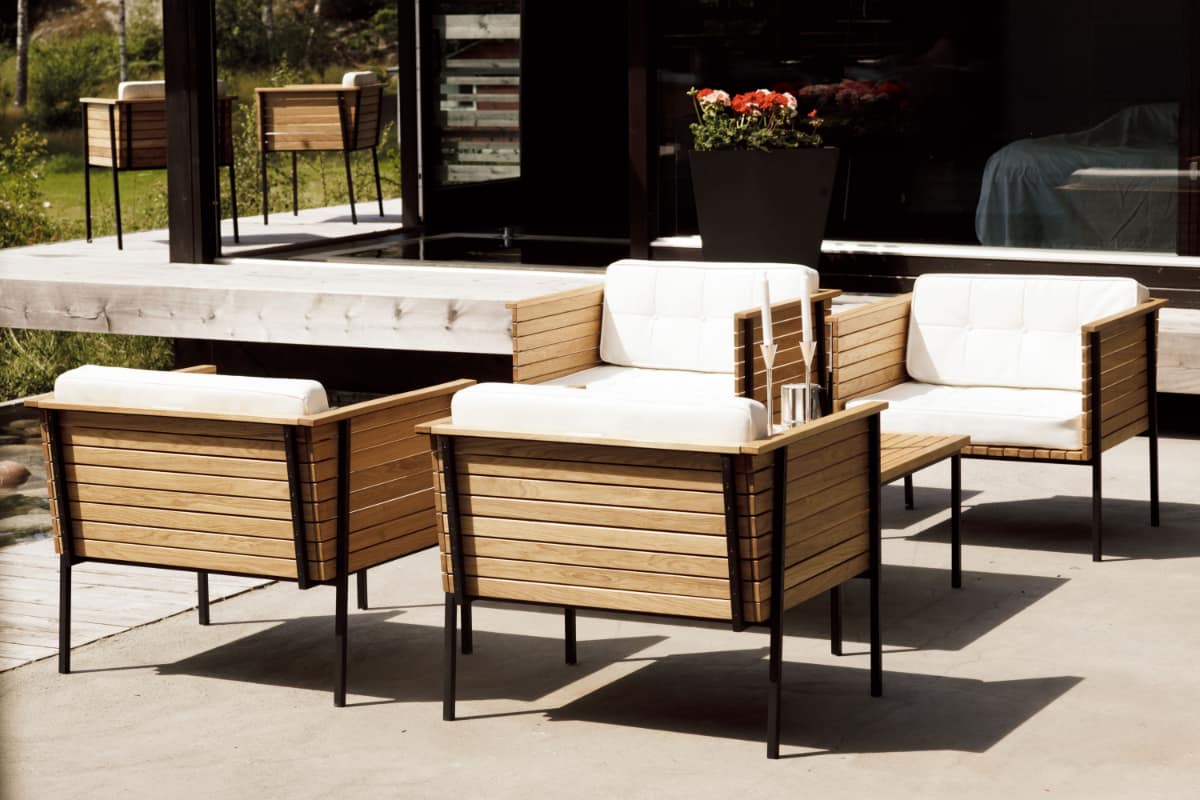

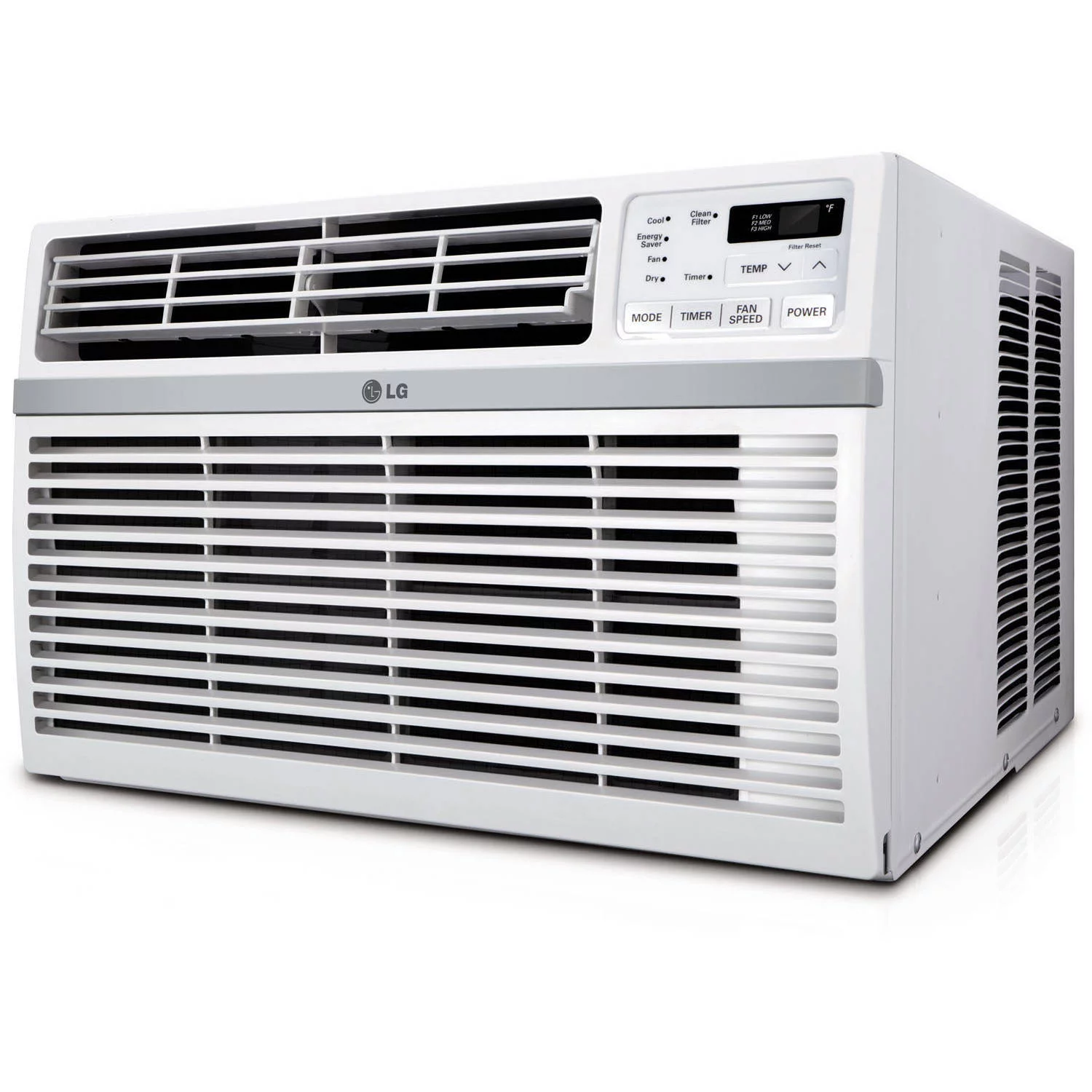
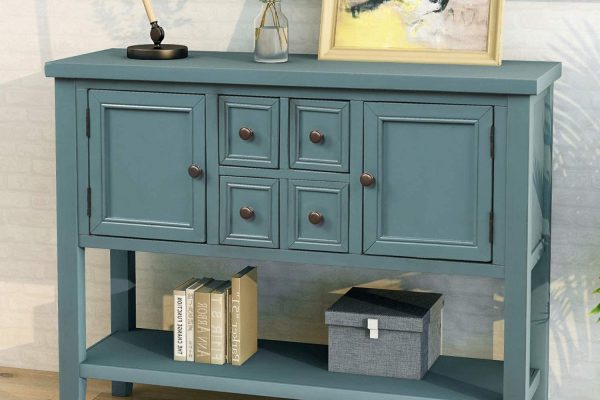
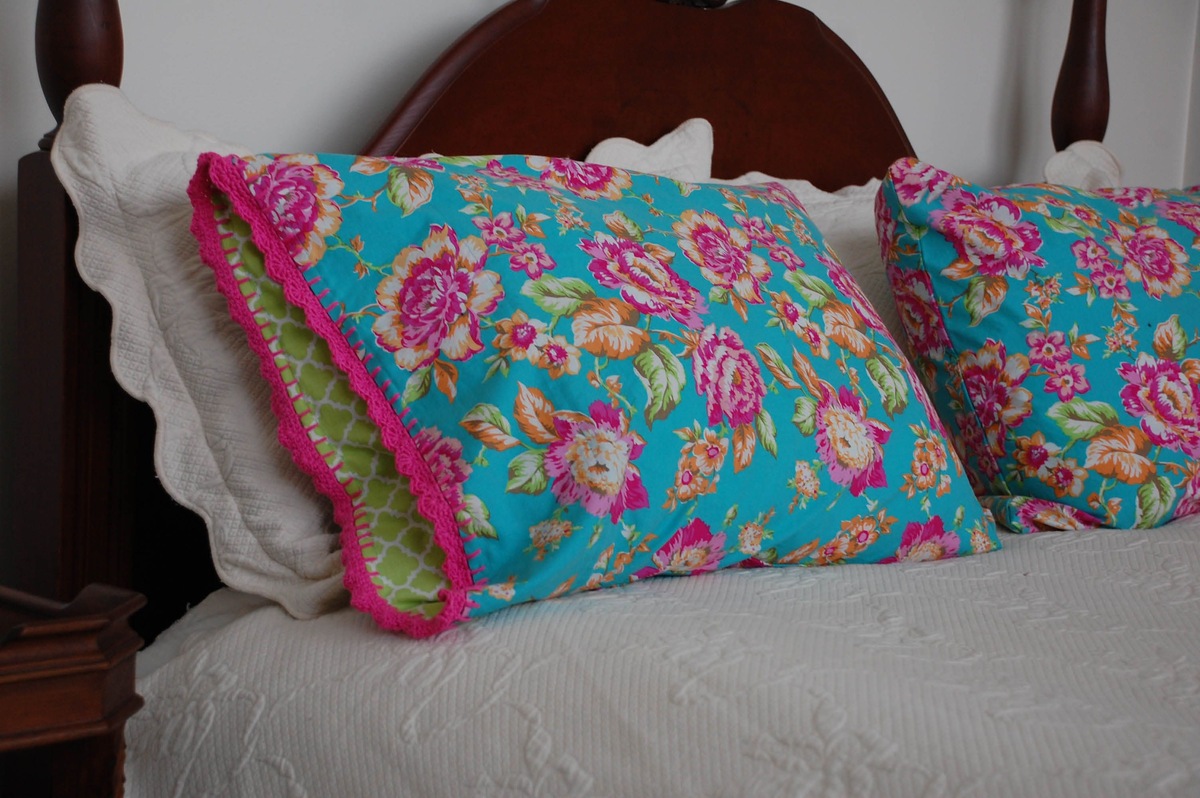


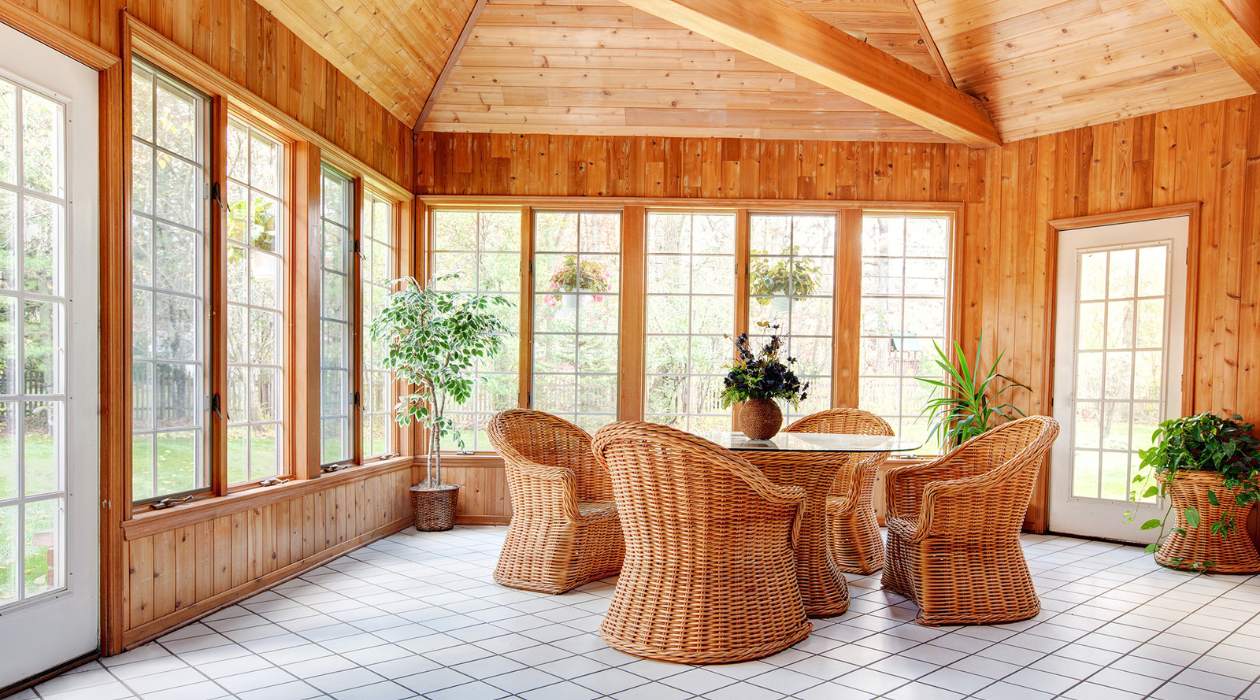

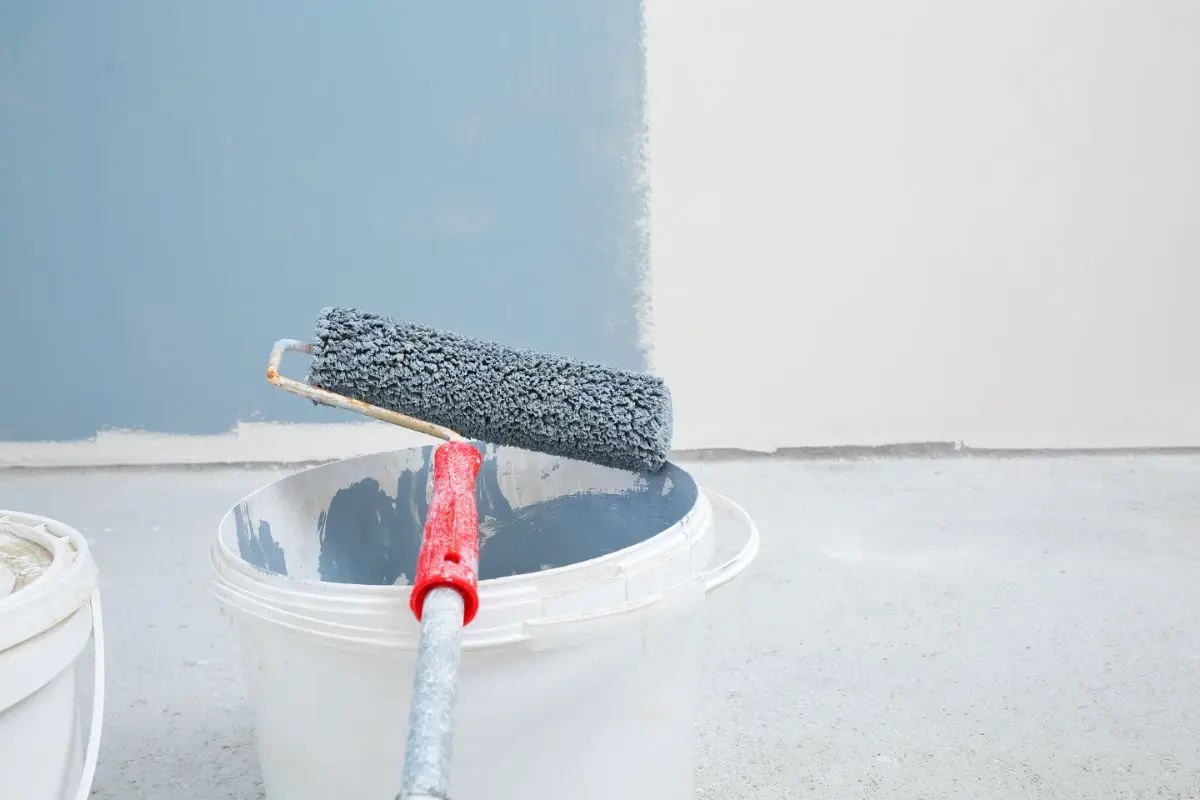
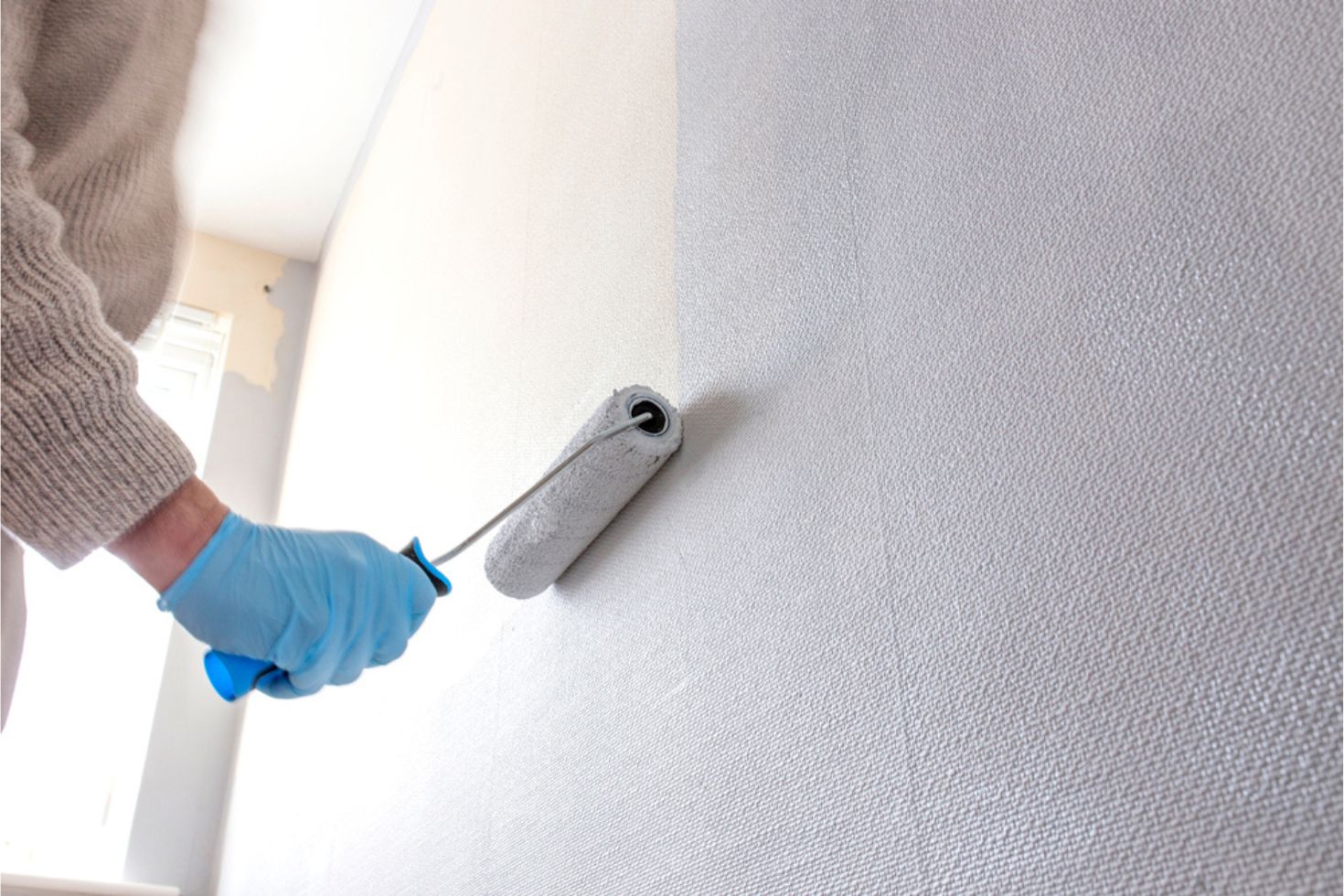
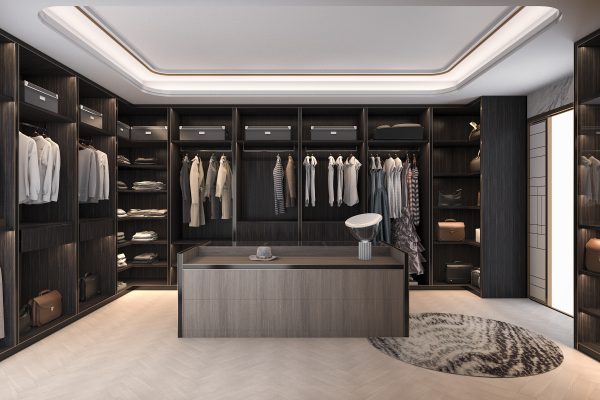

0 thoughts on “Window Buying Guide”